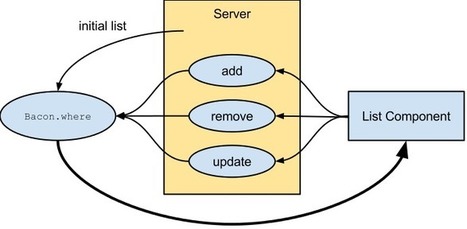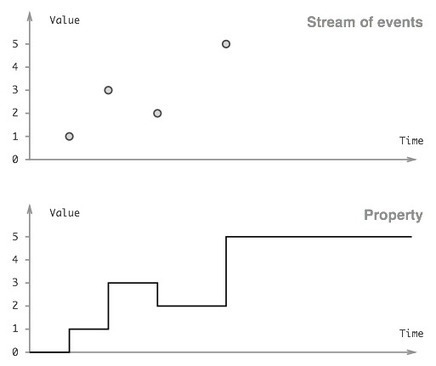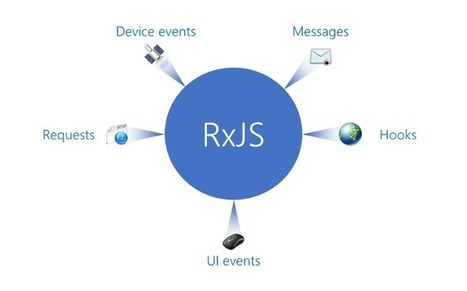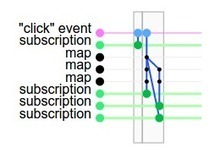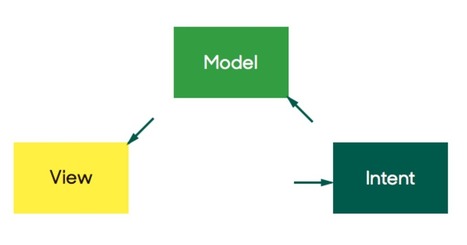Jen Looper explains what observables are, why they are necessary for asynchronous communication and how to use them in an Angular 2 application with RxJS.
Research and publish the best content.
Get Started for FREE
Sign up with Facebook Sign up with X
I don't have a Facebook or a X account
Already have an account: Login

Keeping track of current JavaScript Frameworks that help design your clientside Business Logic Layers.
Curated by
Jan Hesse
 Your new post is loading... Your new post is loading...
 Your new post is loading... Your new post is loading...
No comment yet.
Sign up to comment
Hieu Vu's curator insight,
November 8, 2015 6:14 PM
Has anyone used Cycle.js? would be interested to see what this has been used in. |

Dan Mendes's curator insight,
September 1, 2015 4:03 AM
The reactive model continues to gain traction |










